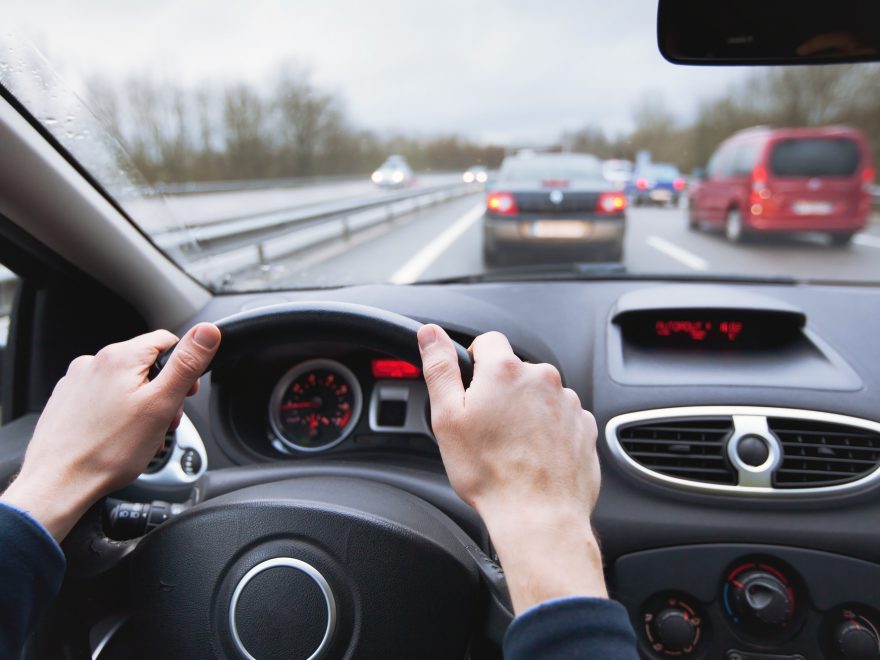Data collected from the General Estimates System found that distracted driving causes twenty-one percent of injury crashes.
The study also found that the largest percentage of distracted drivers are under the age of twenty.
Distracted driving isn’t the only problem. It’s drivers who are unaware of road safety rules that make driving safer for everyone.
Road Safety Rules
1. Blind Spots
Remember there are blind spots at every angle of the vehicle. Know where these blind spots are and check them regularly.
Side mirrors are often adjusted in a way that causes hazardous driving.
Most drivers are not aware that the mirrors on the side of a vehicle are not supposed to allow the driver to see the reflection of their car.
The driver should adjust their mirrors so they can see other drivers as they pass. If the mirrors are adjusted too closely, it’s too difficult to see the other driver’s vehicle
2. Keep Your Headlights Turned On, Even During The Day.
Studies have found that keeping headlights turned on increases visibility. It helps other people see the vehicle and allows drivers to drive safely if they come upon fog or a sudden storm. This is especially important when driving in snow or ice.
Other studies show that these headlight road safety rules have reduced fatal crashes with motorcycles by twenty-three percent.
Planning and Brake Usage
3. Planning Your Next Move
Drivers should evaluate the traffic around them. Create a plan of action in case something happens, depending on what other drivers are doing.
This enables drivers to act quickly if a safety threat emerges.
4. Keep A Safe Distance
The three-second rule is for drivers to make sure they are not tailgating one another.
With this rule, the driver watches the vehicle ahead of them and counts to three. If the car ahead passes an object before reaching the count of three, there’s not enough distance between the vehicles.
As a good measure, doubling the distance between vehicles in inclement weather makes for safe driving.
5. The Parking Brake
Engaging the parking brake on a vehicle once in a while keeps it in working order for when a real emergency occurs.
These emergency instances are rare, but the parking brake can become rusted over time. It’s important to make sure the brake is ready to go when you need it.
6. What To Do When A Tire Blows Out
When a driver’s tire experiences a blowout, it’s tempting to slam on the brakes. However, the driver should refrain from doing so.
The vehicle is going to swerve in whichever direction the tire blew out in, then quickly slow down, resulting in a collision.
The driver should slowly decelerate to keep from being slammed from behind, keeping a firm grip on the steering wheel to keep the vehicle from going into oncoming traffic.
Once you are able to pull over, follow basic safety rules before fixing your flat.
Driver Safety and Auto Repair
If you want more road safety tips or auto repair advice, keep reading our blog!

